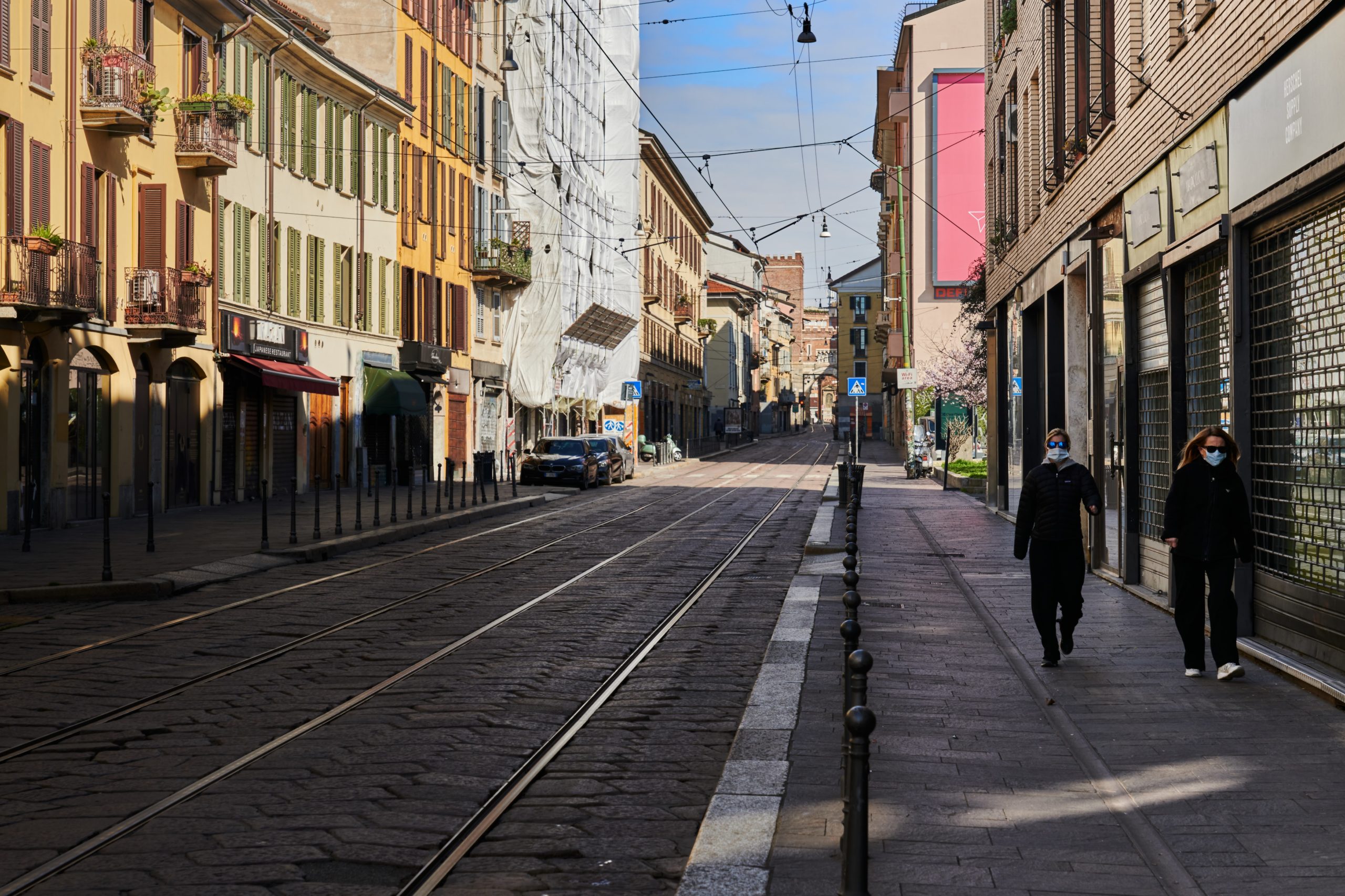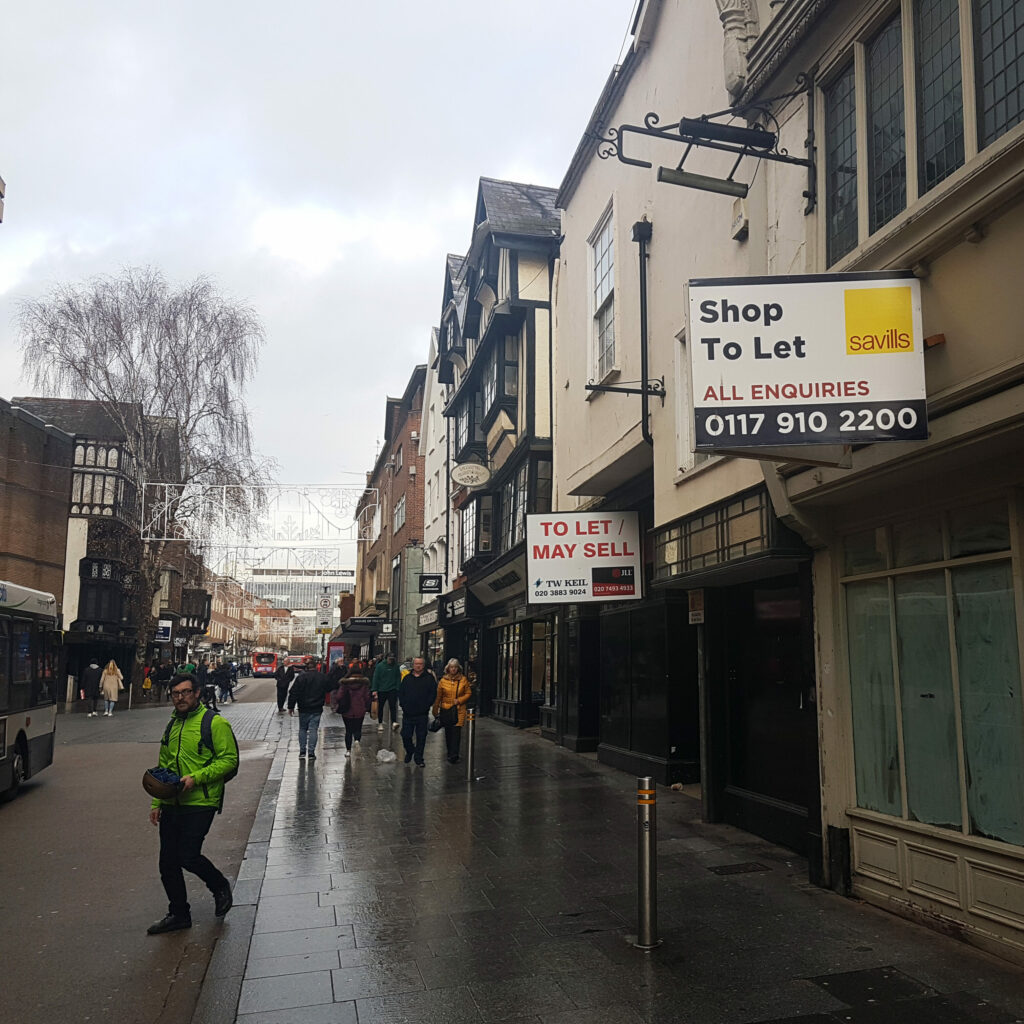
Empty streets everywhere. But when we think of a metropolis, we think of busy streets. By the time I write this article, however, the coronavirus is emptying these streets in Shanghai and Milan. This is creating the ultimate cultural shock.
Billboard
Skyscrapper
Halfpage
Some time ago I wrote a column for topos called “From the Edges”. I was living in Mexico back then, and the idea was to comment on urban phenomena created not in the classic urban centres of global commerce and culture, but in the new metropolises growing rapidly in Latin America and East Asia. Now, as my colleague Anja asked me to come up with a new column, I decided to develop a new, edge-seeking perspective. I want to search for “edgy” phenomena taking place either in all our cities or in any one of them. Phenomena that take the urban sphere to its extreme, that challenge what it “means” to be a city.
The term “Edge City” is, of course, borrowed from Joel Garreau. Back in the early 1990s he found what was then a new urban reality – city-like structures that were not a part of traditional city centres, i.e. a concentration of entertainment and commerce without residential areas. Suburbia 2.0! Garreau’s “edge cities” were a phenomenon of the 20th century. It was entirely suitable then that one of those strange places was called “Century City”. Now, in the 21st century, urban reality has evolved. The city of today is less static, but permanently in danger of losing its own identity – for better or worse. For instance, the 20th century metropolis (or our idea of it) was one that always bustled with activity. But look at the reports from Shanghai or Milan these days: Shanghai has been a wasteland for weeks, and now Milan, this European vision of an urban realm defined by fashion and beauty, is following suit. The coronavirus is dancing on the catwalk of fear. Emptiness and the urban sphere – this is a relationship that brings up the question of what cities essentially are. Of course, Shanghai and Milan are not empty. The streets are empty, but the buildings are not. The outside is seen as a danger, however. The people next to me are a threat. Not because they might be criminals, but because they might be carrying a virus that some see as the beginning of the end of the sustainability of our globalised metropolitan lifestyles, at least for now.
The empty Shanghai streets are the flipside of another Chinese emptiness phenomenon that has recently been written about by the China experts Christian Sorace and William Hurst: “phantom urbanization”. With this term they are referring to urban structures China is currently building from scratch – without anybody actually (yet) living in them. City facades without people, without urban life, sometimes empty for years. Will the people eventually come? This is speculation. “China’s urbanization of land and creation of
infrastructure often far outpace the urbanization of its people,” write Sorace and Hurst (2016: 305). And, “Without the myth of future waves of rural migrants who will some day by some unspecified means be able to afford new urban housing, what remains is the proliferation of urban forms divorced from urban practice and uses. Ghost cities are the extreme pathological expression of this syndrome of phantom urbanization.” For the authors, the emptiness of these urban shells is not just a case of bad planning. Rather, they identify urbanisation as a metaphor for social and economic progress. This progress needs strong symbols to be maintained, and building new cities is this symbol, even if the shell cities are not actually in use. There is, China seems to think, an aesthetic value in the framework of urban economic activity that has the capacity to produce this activity in the first place.
But then, there are writers – academics like Sorace and Hurst, as well as reporters who are as equally fascinated and appalled by the empty houses. They tell a story very different from the one envisioned by the Chinese decision-makers. And they tell a different story now, in corona-hit Shanghai, too. It is still an urban story, the story of the dangers of the urban sphere, and of the vulnerability of urbanisation as we understand it. This story has, in a way, always existed. It has always fascinated creatives, particularly film makers. Think of the TV show “The Walking Dead”. Think of the empty London Danny Boyle presented in 2002 in “28 Days later”. Or think of George Romero’s zombies taking over downtown Pittsburgh in “Land of the Dead” (2005). For Romero, the city is a place for zombies, and these are not mere “monsters”, but a representation of the excluded, the poor, the migrants. The rich (the living) have fled to the countryside. This reminds us of the drug-deserted Manhattan of the 1980s, from which suburbia – and the edge city – promised safe havens. We have overcome this, however. For us, good cities are now those that allow for encounters of all kinds. And good city management in the face of disasters like the coronavirus means finding new ways of maintaining urban life. From this perspective, the empty streets of Shanghai are the ultimate failure of catastrophe management, the definite corona-induced culture shock, and thereby the creators of a new, temporary “pathology of ghost cities”, in the sense of Sorace and Hurst. Let us hope that we find ways to refill the streets soon, and that corona in general creates learning processes to better prepare us for such counter-urban epidemics in the future.
This article can be found in topos 110.
From edge city and empty streets to insect city: Insect city from X-Studio & Ivan Juarez is a project that explores new approximations to reimagine the boundaries between human and nature, through a site-specific intervention that leaves spaces for new encounters. It is a public artwork, located in an undetermined fragment of an urban landscape in the city of Linz, Austria, composed of a series of geometric wooden pieces that aims to sensitize and raise awareness on ecological and biodiversity values.












